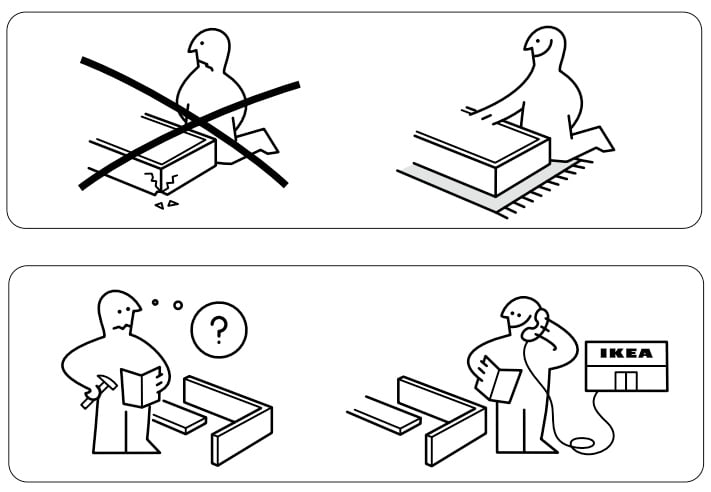
How many times have you asked a friend where to find something in their house, only to have them point in a general direction and say, “It’s over there”? What about a boss who gave you a job, but didn’t outline the specifics of what exactly you were supposed to do or how to do it? Nike’s “just do it” doesn’t always apply to everyday life.
A lot of people are confused about what we do in the communications industry, but so much of it comes down to being able to get our point across efficiently. Just as Linda mentioned in an earlier blog, there’s a difference between texting for fun and texting for information. So too, there is a distinction between talking and communicating.
When I was in middle school, I was on the Science Olympiad team. There were various events that ranged from rote memorization to designing and carrying out experiments to building Rube Goldberg machines. One of the events taught me a valuable skill that has stayed with me all these years later. It was called “Write It, Do It.”
The event was for a team of two that was split up into the writer and the doer. The writer was given something that was already built with Legos, K’Nex, Tinker Toys or some other building toy, and was tasked with describing it to his or her partner with enough detail that the doer could replicate it when given a set of matching materials.
As we practiced for the competition, we switched off between the tasks, developing strategies and vocabulary to explain various materials. We also learned to be incredibly specific. How many pieces? What colors? What shapes? How far apart are they? Which way do they each face? Being on both ends of the instructions meant a better understanding of what sort of direction was needed.
People like recipes because they are clear, concise, and will talk you through each step until you reach your final outcome. We learned to write such recipes for any given task, first asking then answering the relevant questions. Also, unlike the polarizing Ikea manuals, we used our words.
This ability has come in handy countless times, but has also caused me endless frustration when I realize how rare it is . As I mentioned before, it is a key tool for any managerial position, because unless you know what someone wants, it’s next to impossible to deliver it—but you don’t need to be a boss to know how to give clear orders. All that’s needed is a moment to focus and organize your thoughts.
Next time you have to tell your friend which shelf holds your plates, make it a point to clarify exactly what you mean and don’t just point!